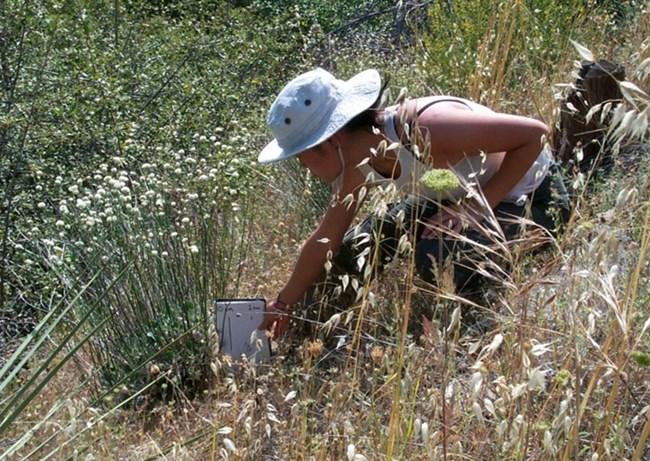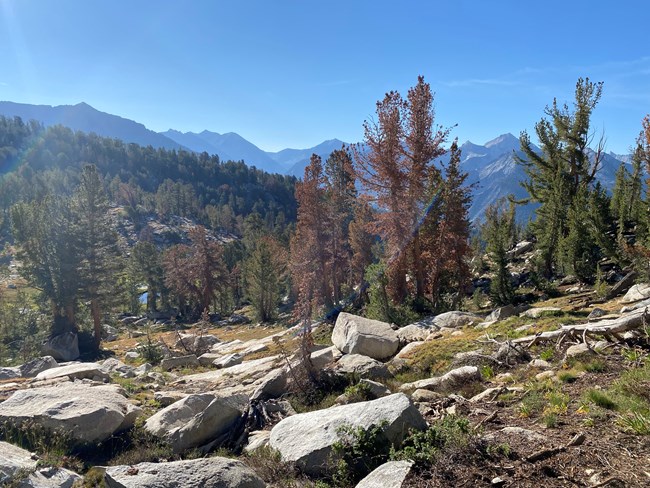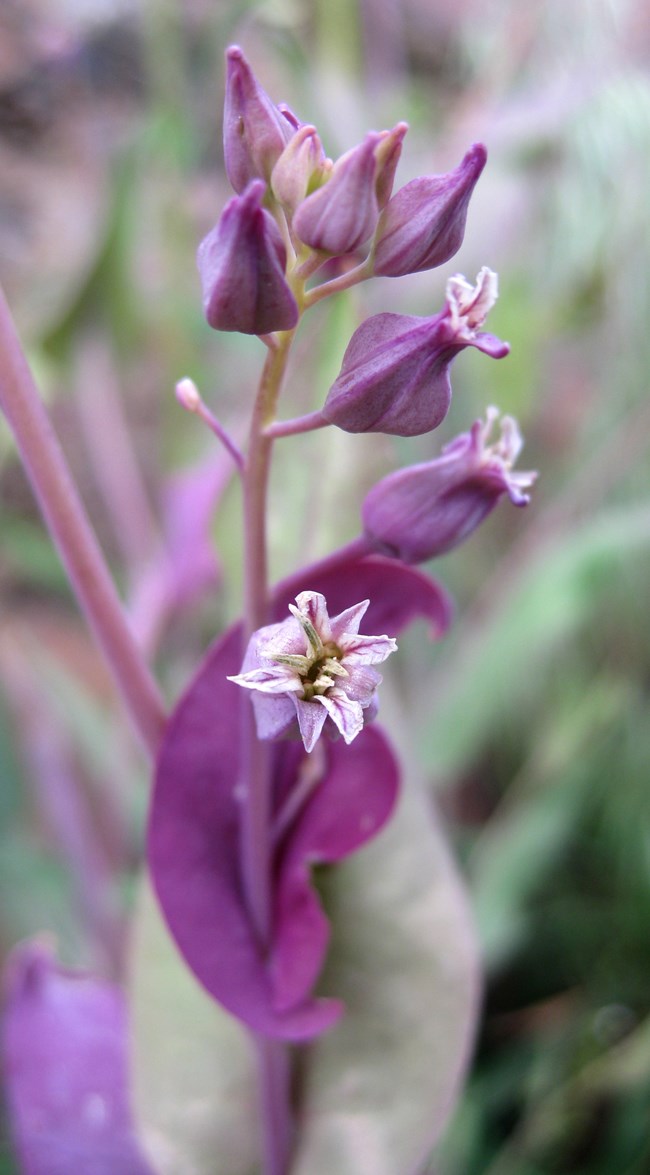
NPS Photo - Cheryl Bartlett The wide range of elevations and climates in these parks, the steepness of the terrain, the presence of distinctive substrate on which plants grow, and the isolated and extensive nature of the alpine and subalpine habitat support many endemic or rare plant species. Plants of conservation concern are those with special status as defined by state, federal, and plant conservation organizations. 
NPS Photo - Emma Kahle Whitebark Pine Listed as ThreatenedOn December 15, 2022, the U.S. Fish and Wildlife Service (FWS) listed whitebark pine as threatened with potential extinction under the Endangered Species Act. FWS determined that the primary stressor driving the status of whitebark pine is white pine blister rust, a fungal disease caused by the nonnative pathogen Cronartium ribicola. Whitebark pine is also negatively affected by the mountain pine beetle, altered fire regimes, and the effects of climate change. 
NPS Photo Other Special Status PlantsOf the over 1,550 vascular plants known to occur in Sequoia and Kings Canyon National Parks, 150 have been identified as having "special status" (in addition to whitebark pine), but none are federally listed under the Endangered Species Act. The term "special status" is applied here to include those taxa that are state- or federally-listed, considered rare or endangered in California, or at risk because they have a limited distribution. Little is known about the status and habitat requirements of most special status species within the two parks. What we do know about special status plants is largely derived from a systematic survey conducted during the early 1980s, another more targeted survey in the early 2000s, and localized surveys carried out in conjunction with construction and development projects. Additional information on the distribution of special status plants is compiled from other, unrelated surveys that encounter special status species serendipitously. |
Last updated: October 17, 2023
